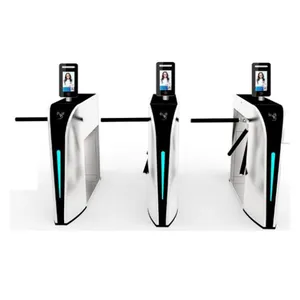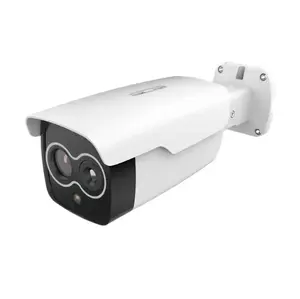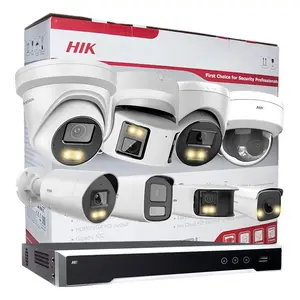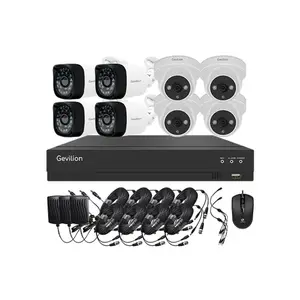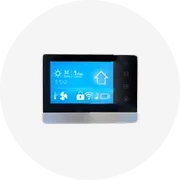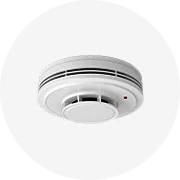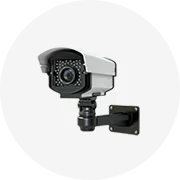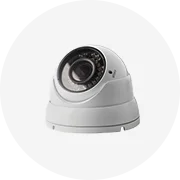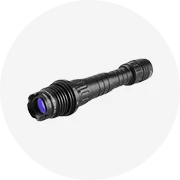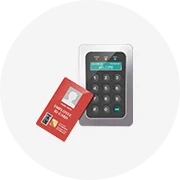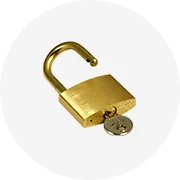Popular in your industry






























































Related Searches:






















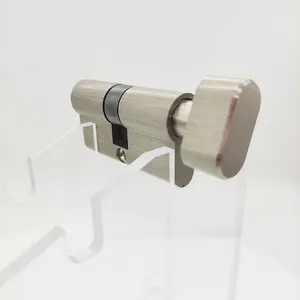














































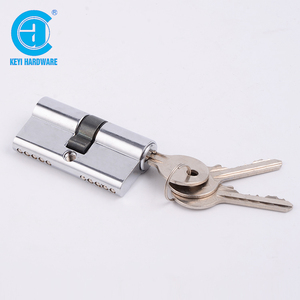

































































Top categories
About door cylinder
The door cylinder is a pivotal component in the security and operation of door locks. Commonly known as a cylinder lock or door lock cylinder, this intricate apparatus is engineered to fortify entryways with precision and resilience. The cylinder sits at the core of the lock system, with its design and craftsmanship being vital to safeguarding properties.
Types and Variations of Cylinder Locks
The spectrum of cylinder locks encompasses a variety of models, each tailored to specific security requirements. The single cylinder deadbolt is frequently employed in homes, offering keyless exit from the inside for convenience. Conversely, double cylinder deadbolts necessitate a key for both ingress and egress, enhancing security at the expense of potential egress challenges during emergencies. For business environments, euro cylinder locks strike a balance between security and ease of use, often incorporating intricate pin configurations to resist lock picking. The euro cylinder thumbturn variant merges security with functionality, enabling keyless locking from within. Each variant fulfills a distinct role, and grasping their differences is essential for achieving maximum security.
Structure and Operation of Door Cylinders
A door cylinder's architecture is a testament to mechanical ingenuity, consisting of multiple parts that operate collectively. At its nucleus is the cylinder, which contains a pin tumbler system with pins that correspond to the correct key's profile. Inserting and turning the key aligns the shear line, permitting the plug to rotate and unlock. The cylinder is encased by a housing that ensures a snug fit within the door's lock case. Some models are fortified with anti-drill plates and hardened pins to counteract forceful entry attempts. The sophisticated arrangement of these elements guarantees the lock's reliability under diverse scenarios.
Materials and Properties of Cylinder Locks
Selecting the appropriate materials for door cylinders is paramount, with zinc alloy, stainless steel, and brass being the primary choices. Zinc alloy strikes an optimal balance between sturdiness and cost, making it a favored option for internal doors. Stainless steel, valued for its anti-corrosive properties and robustness, is ideal for external doors facing severe weather. Brass is chosen for its precision machining and enduring resistance to wear, offering a durable security solution. These materials are chosen not only for their inherent qualities but also for their capacity to provide a secure, tamper-proof lock capable of withstanding various manipulation attempts.
Business Usages and Applications
Door cylinders are utilized across a broad range of commercial settings, from securing office entrances to protecting sensitive zones in industrial facilities. In retail, advanced cylinder locks guard against unauthorized entry and theft. Property management benefits from interchangeable core cylinders, which allow for swift rekeying without the need to replace the entire lock system, thus offering significant cost and time efficiencies. The versatility of euro cylinder locks makes them the preferred option in the hospitality sector, where access control is crucial. These locks not only fortify premises but also enhance the overall safety and standing of businesses.
Functions and Tasks of Cylinder Locks
The fundamental role of a door cylinder is to secure a lock that can be activated or deactivated with a key. Yet, its utility extends beyond mere locking. Features such as key control, which allow keys to operate multiple locks or be restricted to a single lock, afford flexibility in access management. Certain cylinder locks also support master keying, enabling facility overseers to use a single key for all locks while preserving individual unique keys for each lock.
Features and Unique Selling Points
Notable attributes of door cylinders include their resilience to picking, drilling, and bumping. Sophisticated cylinder locks may integrate security pins that respond erratically to picking efforts, magnetic pins that necessitate a magnetically matched key, or sidebar mechanisms for an added security dimension. These distinctive features distinguish premium cylinders from ordinary locks and reflect the ongoing innovation in lock security.
Benefits and Positive Outcomes
Installing a superior door cylinder yields numerous advantages. Elevated security diminishes the likelihood of break-ins, affording property owners tranquility. The longevity of materials such as stainless steel and brass means that locks endure over time, leading to reduced need for replacements and maintenance. The convenience offered by mechanisms like thumb turn euro cylinders facilitates ease of use without sacrificing security, marrying practicality with protection.
How to Use and Operate Door Cylinders
Proper use of a door cylinder entails employing the correct key and smoothly turning it within the lock mechanism. For thumb turn euro cylinders, it involves simply engaging the thumb turn while inside the property. It is critical to avoid forcing the key, as this can damage the internal workings.
How to Choose the Right Door Cylinder
Choosing the appropriate door cylinder requires consideration of the door's thickness, the desired security level, and the existing lock type. High-traffic areas benefit from a cylinder with a high-security rating, while less critical areas may be adequately served by a standard cylinder. The decision between a single or double cylinder deadbolt hinges on the trade-off between security demands and safety regulations.
How to Clean and Maintain Cylinder Locks
To clean a door cylinder, one should gently wipe the exterior with a damp cloth and apply a mild cleaner. Regular maintenance includes lubricating the cylinder with a dry lubricant to ensure its smooth function. Oil-based products should be avoided as they can attract grime and clog the mechanism.
How to Install a Cylinder Lock
Installing a door cylinder typically involves placing the new cylinder into the lock housing and fastening it with a fixing screw. It is imperative to align the cam and bolt correctly for the lock to operate effectively. Those inexperienced with do-it-yourself projects should consider professional installation.
What are the core components of a door cylinder?
The essential elements of a door cylinder consist of the body, usually crafted from steel or similar robust metals, and the core, which houses the pins and springs that facilitate the lock's function. Premium cylinders may also incorporate anti-pick pins and hardened steel inserts to defy tampering and drilling.
What standards should a door cylinder meet?
A door cylinder should conform to industry benchmarks for security, as stipulated by local or international regulatory authorities. These benchmarks guarantee a certain level of resistance to prevalent attack methods such as picking, drilling, and bumping. It is prudent to opt for cylinders that are certified to meet or surpass these benchmarks to ensure optimal security.
How does the local service location impact my choice of door cylinder?
The local service location influences the selection of a door cylinder in terms of its availability, compatibility with regional door standards, and access to support and services. Opting for a cylinder that is readily accessible in your area and supported by local service ensures that any issues can be swiftly resolved.
